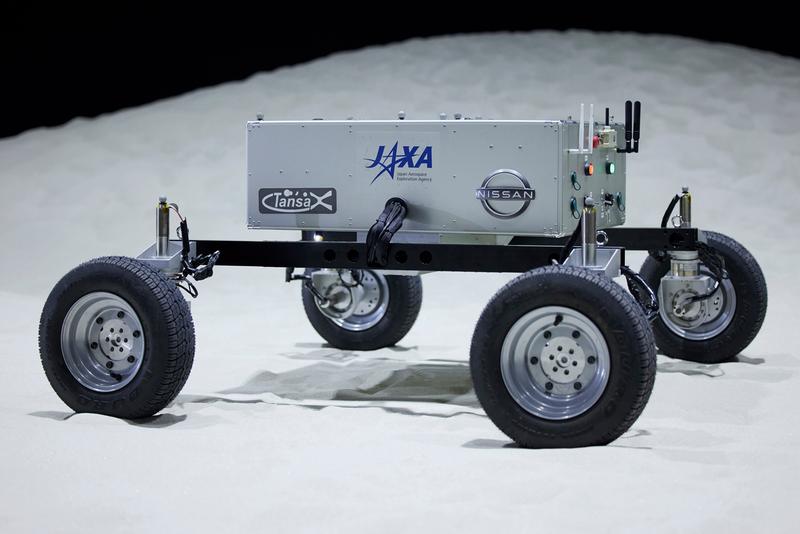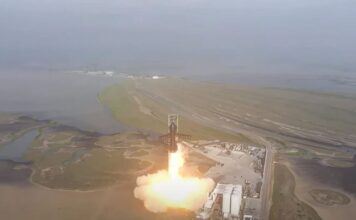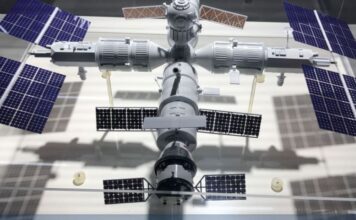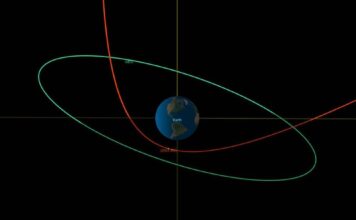Exoplanet exploration is about to usher in a new era! For the first time, NASA’s James Webb Space Telescope has captured definitive evidence of carbon dioxide from the atmosphere of exoplanet WASP-39 b, about 700 light-years from Earth, scientists announced.
The Webb telescope is so sensitive that it can detect not only planets passing in front of a star, but also trace amounts of stellar light passing through a planet’s atmosphere, and by analyzing spectral signatures (different gases absorb different wavelengths), the exact composition of the planet’s atmosphere can be determined.
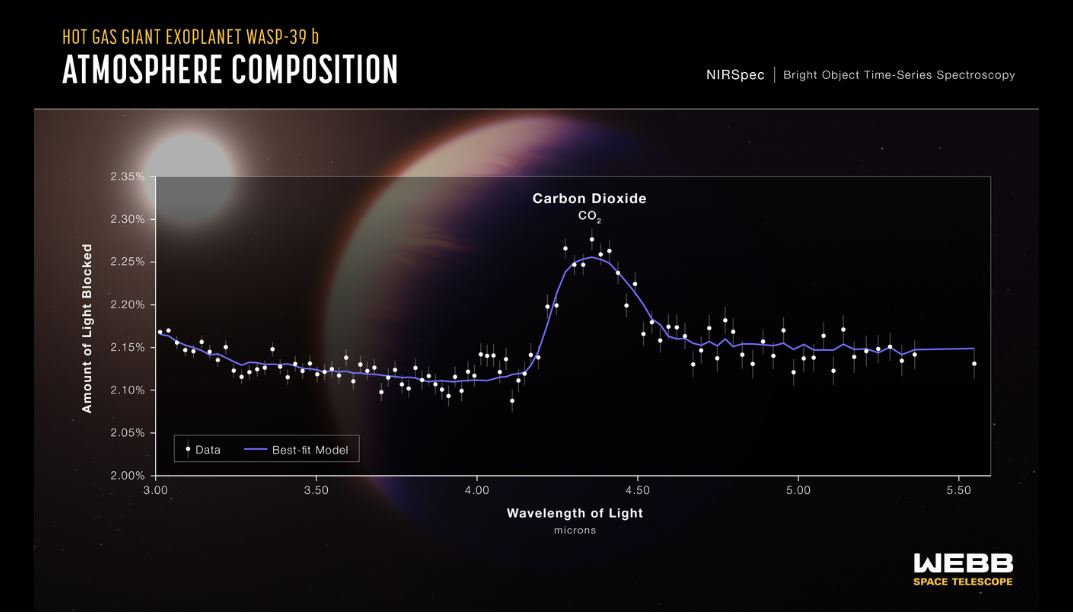
In the past, other telescopes, including the Hubble Space Telescope, the Spitzer Space Telescope, etc., have also worked hard to analyze the atmospheric composition of distant exoplanets, revealing components such as water vapor, methane and carbon monoxide but there was no way to fully describe all the gases and molecules in it.
Webb Telescope is Worth every penny
The Webb telescope, which cost tens of billions of dollars, is obviously very good, and it has only been officially on duty for more than one month.
It has been shown to discover key molecules from the atmospheres of distant exoplanets, leading to insights into the composition, formation and evolution of planets across the Milky Way.
WASP-39b is just like a hot Jupiter, about a quarter of the mass of Jupiter (about the same as Saturn), but 1.3 times the diameter of Jupiter, orbiting a sun-like star every 4 days.
The Hubble Space Telescope and the Spitzer Space Telescope have discovered water vapor, sodium, and potassium components on this planet.
Now Webb’s near-infrared spectrometer (NIRSpec) observation of WASP-39 b has provided the first clear and detailed evidence of carbon dioxide in an exoplanet.
The discovery of carbon dioxide means that WASP-39b had many “heavier” molecules, such as carbon and oxygen, floating around during its formation, and it also suggests that it is similar in composition to Saturn and must have formed farther away than it is now.
In a few months, perhaps a book will be filled with Webb’s detection of exoplanets. As Webb begins to study exoplanets closer to Earth in size and with cooler surfaces,
We can wait to expect for some real surprises, maybe some terrestrial planets suitable for life…
The new paper will also be published in the journal Nature.
First Image: NASA

